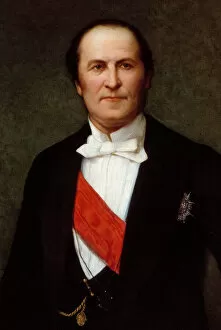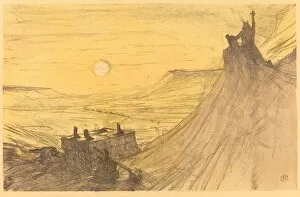Georges Eug And Xe8 Collection
Georges Eugène Haussmann, also known as Baron Haussmann, was a significant figure in the transformations of Paris under the Second Empire
All Professionally Made to Order for Quick Shipping
Georges Eugène Haussmann, also known as Baron Haussmann, was a significant figure in the transformations of Paris under the Second Empire. Born in 1809 and passing away in 1891, he played a crucial role in reshaping the city's landscape. One of the most iconic portraits of Haussmann is captured by Etienne Carjat around 1876. This image showcases his determination and vision for modernizing Paris. As Prefet of Paris, Haussmann implemented ambitious urban planning projects that would forever change the face of the city. Under his leadership, Paris underwent massive renovations and improvements. The sweeping transformations included wide boulevards, grand parks like Bois de Boulogne and Parc Monceau, and stunning architectural landmarks such as Opéra Garnier. These changes aimed to enhance public health conditions while providing better transportation networks. Haussmann's efforts were not without controversy; many historic neighborhoods were demolished to make way for these new developments. However, his work laid the foundation for a more organized and efficient city that we know today. Georges Clemenceau was another influential figure during this time period. Known as "The Tiger, " he served as Prime Minister during World War I and played an essential role in shaping France's destiny after the war ended. Clemenceau's portrait from 1920 by Cecilia Beaux captures his wisdom and strength as a leader who fought tirelessly for justice and peace. Similarly, Paul Albert Besnard's depiction from 1917 portrays him with intensity - a man dedicated to defending French interests during challenging times. In addition to their political contributions, both Haussmann and Clemenceau left lasting legacies through their involvement with art and literature. Henri de Toulouse-Lautrec created an exquisite cover for "Au pied du Sinai" (1898), showcasing their shared passion for culture amidst turbulent times.










